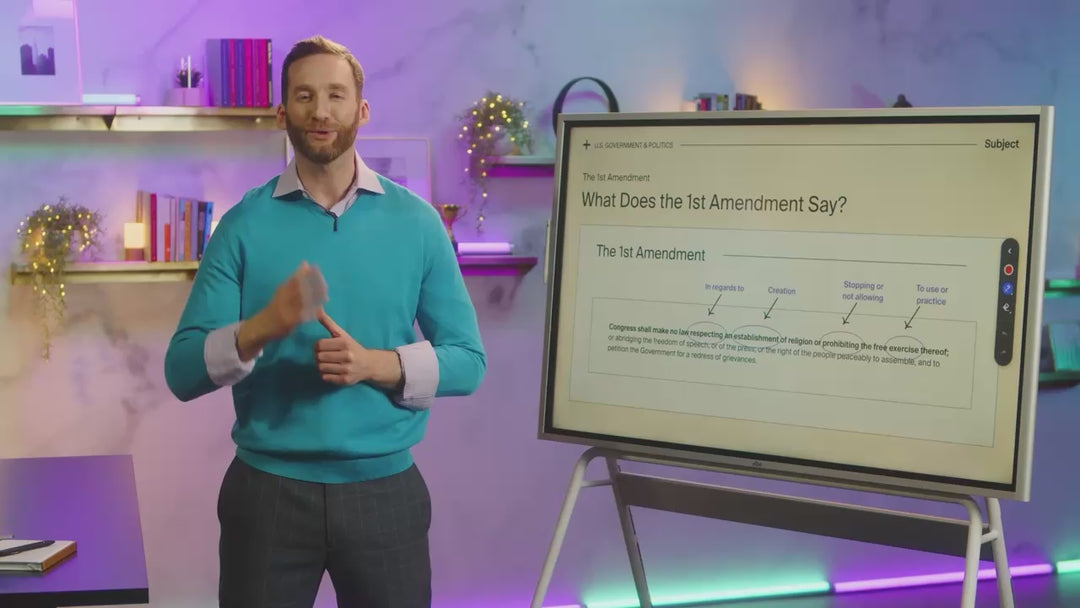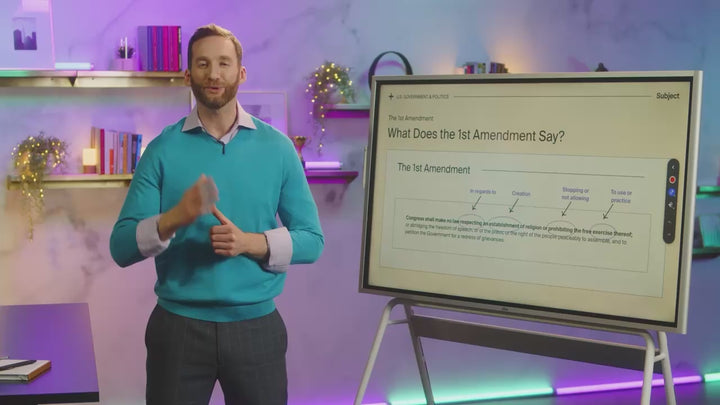Eleventh Grade Curriculum
- 7 courses included
- Update grade level anytime
- 14-day satisfaction guarantee*
Subscribe more students, save more!
10% off
2 students
20% off
3-5 students
25% off
6+ students
Designed for the way modern teenagers learn, our Cinema Series eleventh grade curriculum offers relatable teachers, studio visuals, and concise segments that support independent learning. Eleventh graders refine their analytical thinking, research, and communication skills, while engaging with complex texts, ideas, and real-world issues.
In English III, students build foundational written and verbal communication skills by analyzing American literature and themes, developing reflective and analytical arguments, and practicing academic writing.
In Algebra II, students strengthen their mathematical thinking by bridging concepts from Algebra I to more advanced topics—such as functions, trigonometry, statistics, and probability—while using technology to enhance problem-solving skills.
In Physics, students explore physics through inquiry-based investigations by modeling and quantifying natural phenomena, developing problem-solving and scientific reasoning skills.
In United States Government & Politics, students analyze the U.S. constitutional system and political culture by interpreting foundational texts, data, and visuals, while developing evidence-based arguments and critical thinking skills essential for civic engagement.
Students can choose from a variety of electives options or add on a foreign language to create a unique schedule.
Most popular core courses for eleventh graders include:
- English III - Examine fiction, poetry, drama, and nonfiction while mastering literary analysis strategies.
- Algebra II - Explore connections between verbal, numeric, algebraic, and graphical representations of functions, equations, and inequalities.
- Physics - Discover advanced problem solving, abstract reasoning, and application of critical thinking to experiments involving our physical world.
- United States Government & Politics - Review foundational documents, Supreme Court decisions, and more to learn about the U.S. government.
Eleventh graders choose from the following elective options:
- Drawing I
- Photography I
- Introduction to Engineering
- Health Education
- Physical Education
- Financial Literacy I: Personal Finance
- Financial Literacy II: Budgeting & Investment
- Music Production & Digital Media
- Introduction to Computer Science
- Senior Seminar
Math Alternatives:
- Algebra I
- Geometry
- Algebra II
- Pre-Calculus
- Advanced Math & Trigonometry
Science Alternatives:
- Biology
- Chemistry
- Introduction to Engineering
Social Studies Alternatives:
- United States History
- World History
- Economics
English III
- Chapter 1: Early American Voices
- Chapter 2: Revolution and Argument
- Chapter 3: Writing a Persuasive Essay
- Chapter 4: Dark Romanticism
- Chapter 5: Making Meaning with Text Features
- Chapter 6: Frontier Writing
- Chapter 7: Literary Analysis Writing
- Chapter 8: Writing a Short Story
- Chapter 9: African American Voices
- Chapter 10: Realism and Regionalism
- Chapter 11: Modernism
- Chapter 12: Writing to Compare
- Chapter 13: Poetry
- Chapter 14: Informational Texts
- Chapter 15: Writing an Argumentative Essay
- Chapter 16: Writing a Research Paper
Algebra II
- Chapter 1: Linear Functions
- Chapter 2: Quadratic Functions
- Chapter 3: Quadratic Equations and Complex Numbers
- Chapter 4: Polynomial Functions
- Chapter 5: Properties of Rational Exponents and Radicals
- Chapter 6: Exponential and Logarithmic Functions
- Chapter 7: Rational Functions
- Chapter 8: Sequences and Series
- Chapter 9: Trigonometric Rules and Functions
- Chapter 10: Probability
- Chapter 11: Data Analysis and Statistics
Physics
- Chapter 1: Introduction to Physics and 1-D Motion
- Chapter 2: Kinematics and 2D Motion
- Chapter 3: Dynamics
- Chapter 4: Work, Energy, and Power
- Chapter 5: Heat and Temperature
- Chapter 6: Momentum
- Chapter 7: Circular and Periodic Motion
- Chapter 8: Waves
- Chapter 9: Electricity and Magnetism
U.S. Government & Politics
Chapter 1: Introduction to American Government
- Introduction to Government
- Types of Governments
- English Influences on Government
- The Enlightenment
- The Declaration of Independence
- The Need for a Constitution
- Drafting the Constitution
- Assessment: Unit Test
Chapter 2: The Constitution
- Principles and the Preamble
- Federalism in the Constitution
- Article I: Congress
- Article II: The Presidency
- Article III: The Courts
- Articles IV–VII: The Role of the Constitution
- Federalists and Anti-Federalists
- The Supreme Court and the Role of Government
- Writing Workshop: The Purpose of Government
- Assessment: Unit Test
Chapter 3: Civil Rights and Liberties
- The Bill of Rights
- Your Rights: Freedom of Religion
- Your Rights: Freedom of Expression
- Your Rights: Due Process
- Your Rights: Trials and Punishments
- Your Rights: Personal Privacy
- The Fourteenth Amendment
- The Supreme Court and Civil Rights
- Case Study: The Stolen Valor Act
- Assessment: Unit Test
Chapter 4: Government Institutions
- The House of Representatives
- The Senate
- The Presidency and Its Powers
- The Federal Bureaucracy
- The Judicial Branch
- Assessment: Unit Test
Chapter 5: Civics and Participation
- Political Perspectives
- Political Parties
- Campaigns and Elections
- Voting
- Interest Groups and Lobbying
- The Media and Politics
- Assessment: Unit Test
Chapter 6: Public Policy
- Creating Public Policy
- Fiscal Policy
- Regulatory Policy
- Social Policy
- Foreign Policy
- Global Economic Policy
- Assessment: Unit Test
Final Assessment
- Cumulative Exam: U.S. Government

























